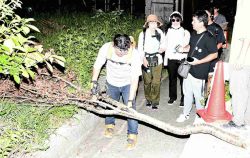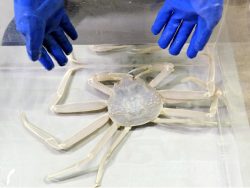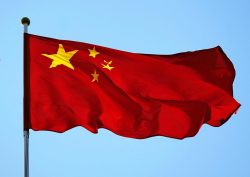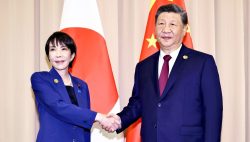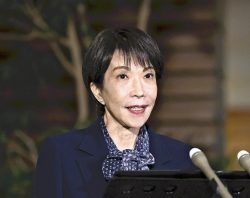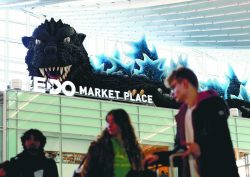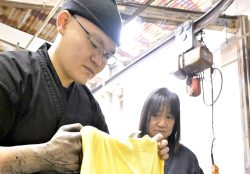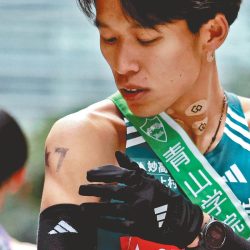City in Hiroshima Pref. Seeks National Designation for Lesser Known Shiomachi Cycling Route
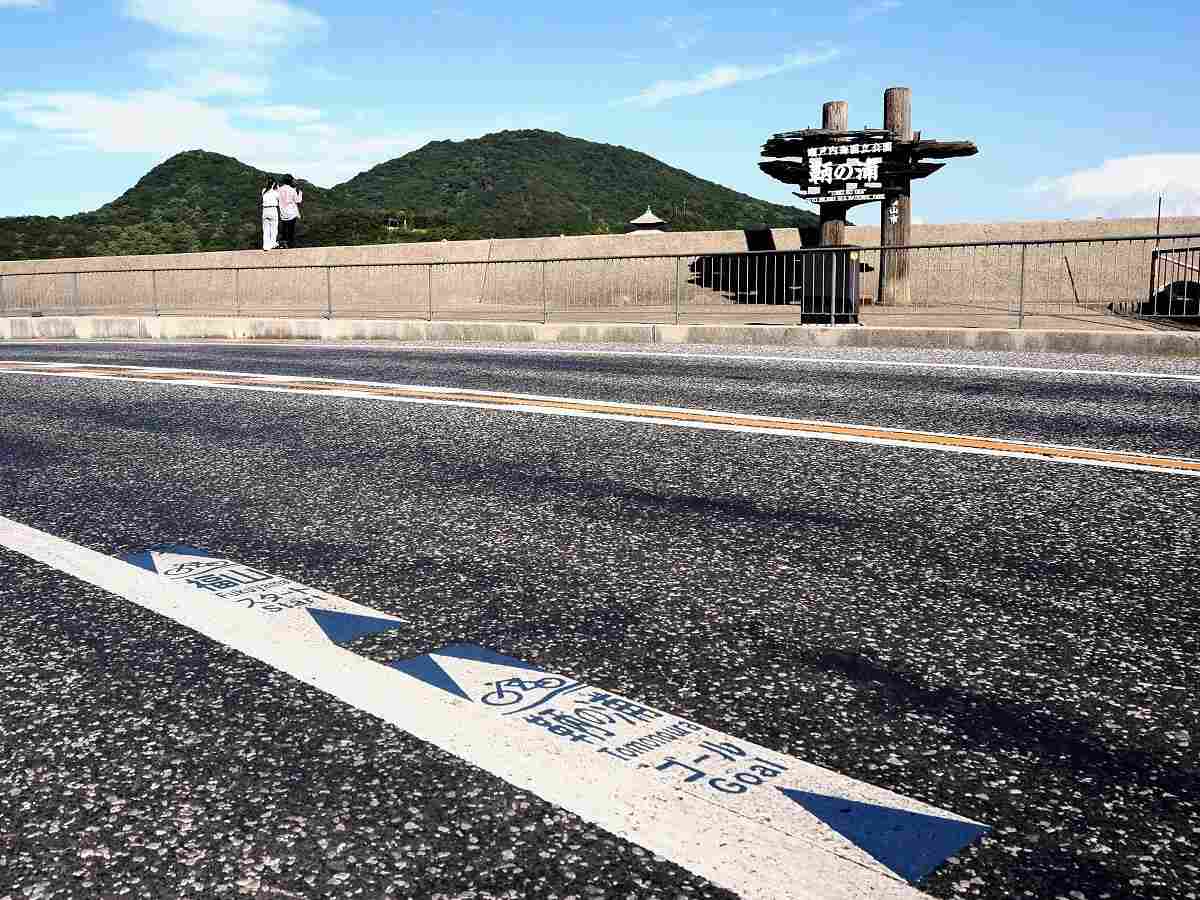
Arrows designate the Shiomachi Kaido cycling route in the Tomocho district of Fukuyama, Hiroshima Prefecture.
13:46 JST, October 24, 2024
FUKUYAMA — The Shiomachi Kaido cycling road is a scenic route that connects the cities of Fukuyama and Onomichi in Hiroshima Prefecture, taking cyclists along the coast of the Numakuma Peninsula in the east of the prefecture.
The municipal government of Fukuyama has started a project to have the Land, Infrastructure, Transport and Tourism Ministry designate the 33-kilometer-long road as a National Cycle Route. Six routes are currently designated as such, including the Biwaichi circuit around Lake Biwa in Shiga Prefecture.

Joyato historic lighthouse in Tomonoura, Fukuyama City
The city’s goal is for the route to eventually connect with the popular 70-kilometer Shimanami Kaido, which is already recognized as a National Cycle Route.
To promote tourism, the city determined the route for the Shiomachi Kaido in 2018. The route runs from JR Fukuyama Station to Tosaki Port in the city of Onomichi via the port community of Tomonoura. Cyclists can see many famous spots along the route, such as the Joyato historic lighthouse and Abuto Kannon temple. The average gradient of the route is less than 3%, so it is an easy ride even for beginners and intermediate cyclists. The route’s completion time is about 2 hours and 15 minutes one way.
Fukuyama posted the route on its website along with a guide map showing hotels and rest areas where cyclists can bring their bikes.
The promotion has been met with some success, such as shops opening along the route that offer bicycle rental services. However, the Shiomachi Kaido is less well known than the Shimanami Kaido, which is called a “sacred” place for cyclists, and visitor numbers are not increasing at the Shiomachi Kaido.
The city plans to establish a council to discuss how to promote the cycling route and further develop it, with the goal of increasing the momentum of cyclists that visit. The council will include officials from the prefecture, the local office of the ministry and tourism operators, among others. But it will first sort out the issues involved in achieving the designation.
Getting designation requires meeting several criteria such as having arrows painted on the road and installing guide boards to ensure the safety and comfort of cyclists.
Currently, cyclists can take a ship from Tosaki Port to the Shimanami Kaido route, but since there is an alternative 7-kilometer section in Onomichi with no markings on the road, the course does not meet the criteria. Fukuyama plans to urge the city of Onomichi to cooperate on the development of the route.
“There must be demand from cyclists who come to the area by Shinkansen train to get off at Fukuyama Station and enjoy cycling on both the Shiomachi Kaido and then the Shimanami Kaido,” said an official of Fukuyama’s tourism strategy section. “The hurdles in achieving National Cycle Route designation are high, but we want to work toward making it a reality.”
Tool to boost tourism
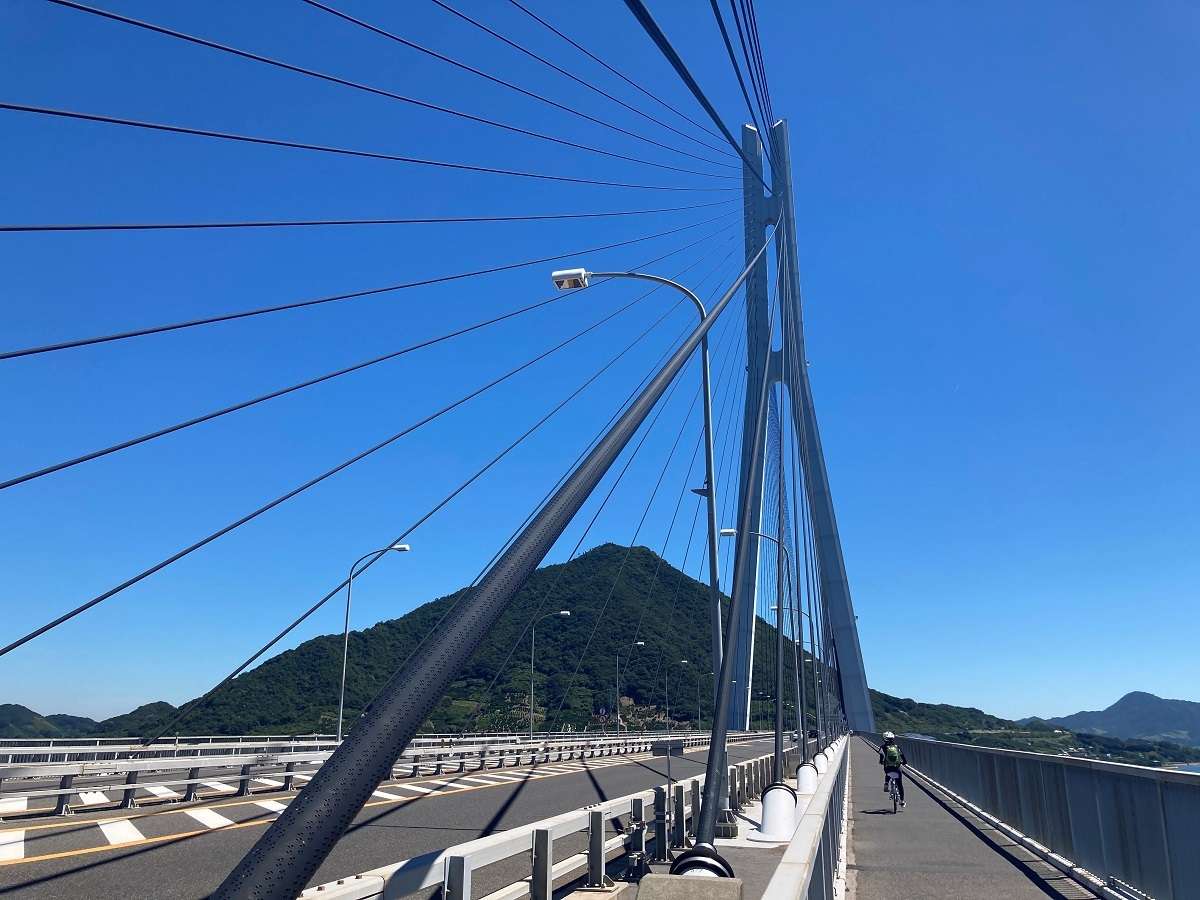
A cyclist rides on the NCR Shimanami Kaido cycling route.
Naoyuki Miyaguchi is a 43-year-old professional cyclist who is the representative of the Fukuyama-based Bingo Shimanami eNShare bicycle road race team. He has high hopes for the Shiomachi Kaido. “The route will have a good impact by drawing in more foreign tourists if it’s designated as a National Cycle Route,” he said. Miyaguchi was involved in deciding the route of the Shiomachi Kaido. “It can be used as a tool to boost local tourism.”
“There are several scenic spots along the cycling route, including the port town Tomonoura and the Ashida River’s shipyards and riverbeds,” he added. “The Shiomachi Kaido has high potential for riders to enjoy cycle tourism.”
The pro cyclist, however, said he feels the development of facilities for cyclists and getting the word out is not sufficient. He also believes the advantage that Shinkansen trains and buses from Hiroshima Airport stop at Fukuyama Station is not fully utilized.
Miyaguchi said it is not easy to get the cycling designation. He cited that one criterion is that a route must be at least 100 kilometers and proposed, for example, that the section along the Ashida River could be extended upstream to eventually link it to the 187-kilometer Yamanami Kaido cycling route that runs northward through the prefecture and to the city of Matsue in Shimane Prefecture.
“It is important to develop a route that is worth riding and challenging and can draw in tourists by having other municipalities involved,” Miyaguchi said.
Related Tags
"JN Specialities" POPULAR ARTICLE
-
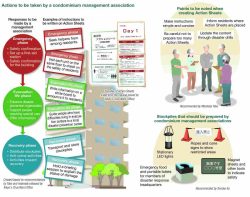
Disaster Preparedness / Apartment Management Associations: Instructions on What to Do in the Event of Power Outage
-

Kawasaki Releases Guide to Sheltering at Home During Disasters, with Essential Tips for Apartment Residents
-

The Japan News / Weekly Edition (12/19-12/25)
-

The Japan News / Weekly Edition (12/26-1/1)
-

Mt. Oyama Offers Historical Site Filled with Nature, Spirituality
JN ACCESS RANKING
-

As Chinese Tourists Shun Japan, Hotels and Stores Suffer
-

Tokyo Economic Security Forum to Hold Inaugural Meeting Amid Tense Global Environment
-

Osaka-Kansai Expo’s Economic Impact Estimated at ¥3.6 Trillion, Takes Actual Visitor Numbers into Account
-

BOJ Gov. Ueda: Highly Likely Mechanism for Rising Wages, Prices Will Be Maintained
-

Japan Govt Adopts Measures to Curb Mega Solar Power Plant Projects Amid Environmental Concerns


